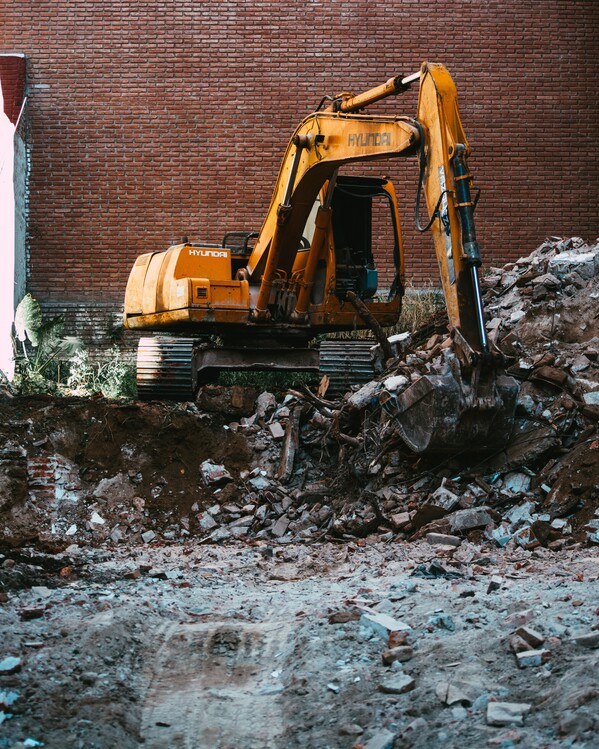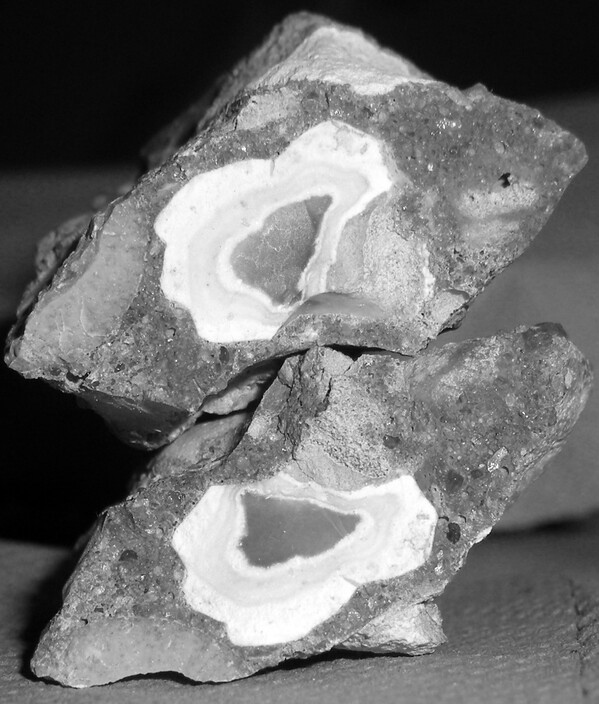Recycled concrete: an opportunity for the reconstruction of Ukraine

A solution to rebuild in a more sustainable way
Cement production is a major source of CO2 worldwide (5-7% of total emissions), making concrete a construction material with a significant carbon footprint.
While the manufacture of recycled concrete requires the same amount of cement as conventional concrete, the objective is obviously not to reduce the carbon footprint but to find a solution to optimize material flows.
Through their article, our researchers demonstrate that concrete recycling will play a key role in the replacement of building stock. By focusing on these concepts, they help us understand the regulatory implications of such use and define effective solutions to develop the use of recycled concrete in war-affected areas with current examples such as Ukraine.

A method made reliable by recent experiments
When buildings are demolished, the materials from them end up in construction waste dumps. At the same time, when new buildings are constructed with conventional concrete, it is necessary to extract small stones (produced by the breaking of other elements) which are called "crushed".
In order to reduce the extraction of these stones, the solution would be to reuse part of the demolition waste to feed the construction or reconstruction projects.
However, the use of recycled concrete has its limits. Indeed, due to its composition, it has a shorter life span and is less resistant to water, salts and the atmosphere.
These hazards are due to the fact that the surface of the crushed recycled material is made of cement mortar from the original concrete which absorbs the liquid.
To counter this problem, several methods have been developed in recent years to pre-treat demolition waste, including pre-wetting with water or treating with heat, acid or microwaves.
The study points out that simply pre-wetting demolition waste with water already provides great benefits. For reconstruction in Ukraine, this is an effective and viable solution that can mitigate the immense resource requirements of other approaches.
References
- Challenges in material recycling for postwar recontruction, co-écrit par Vyacheslav V. Troyan, Emmanuel Keita, Nicolas Roussel, Déc. 2022 • RILEM Technical Letters 7
- Water absorption of recycled aggregates : measurements, influence of temperature and practical consequences, Nov. 2020 • Cement and Concrete Research